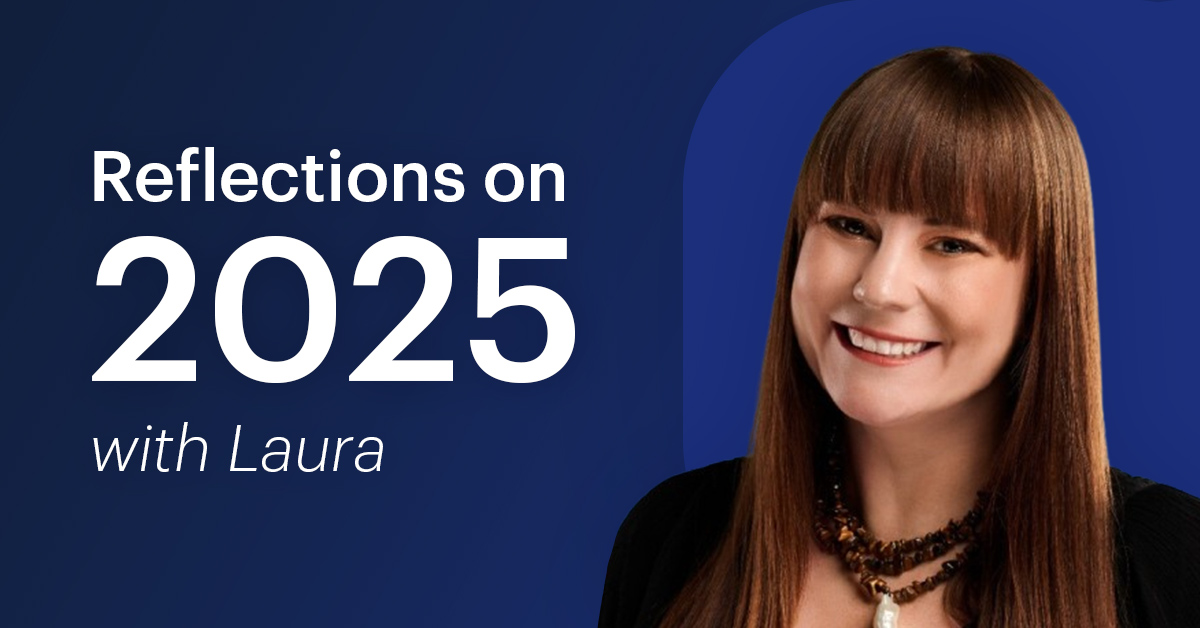An online research community is inherently ethnographic. A group of related individuals are engaged and observed with the aim of better understanding what defines them as a group. At least the opportunity to approach the data from this perspective always exists, even if that isn’t the explicit aim of the researcher.
One key component of traditional ethnographic research is field-based data collection that prioritizes observation over direct questioning. Observation allows the researcher to contextualize the gaps between what people say versus what they actually do. A research community however, removes the researcher from the field and relies on the community interface to collect data for them.
And that can be a positive!
An online platform gives the participant a greater degree of freedom in how they respond plus a layer of anonymity. Participants do not have to literally confront another person or interviewer. This sense of anonymity can be used to cultivate an environment in which the participant is more comfortable and willing to share a more complete depiction of their life and circumstances.
To capitalize on that, here's our big 6 features you need in a research platform to design and manage a successful online ethnographic research study.
- Easy mobile access - This one’s fairly straightforward. Ensure that participants can submit to the community when, where and how they want. This will also make uploading media much easier.
- Automated journaling - Activities that recur at set intervals, ideally with triggered notifications (i.e. 1 entry per day for a week). This will keep participants on track and keep everyone contributing on a consistent, comparable basis.
- Flexible multimedia - In general, look for tools that allow the participant to contribute in the way that makes the most sense to them, with whatever combination of text, photos, videos and files meets their need. This way participants can ‘show’ when it’s easier than ‘telling’. In some cases, however, you may need to specify when it’s essential that they ‘show’ by forcing a required number of photos and/or videos.
- Entirely open-ended forum - The option to give participants the ability to create and manage new topics in a discussion forum. This is more important if you’re interested in cyber-ethnography. That is, understanding how your population behaves online specifically. This will allow participants to freely explore and discuss the topics/issues/ideas that they find most compelling.
- Un/sequenced activities - The ability to force a sequence between certain activities but leave others to be completed when relevant to each given respondent. This is particularly useful when you have an idea of what life events you’re interested in but unsure of the typical order in which those events will occur, or if they’ll occur at all.
- Varying degrees of socialization and profile anonymity - The ability to control how people see one another (i.e. participant to participant and participant to researcher) and the ability to control what participant uploaded content will be shared between participants. Sharing these details with participants at the start of your study will influence how they subsequently behave and respond.
Online Ethnography Recollective Case Study: First Time Home Buyers
Background
There is plenty of speculation about why millennials are not purchasing homes (or are at least delaying the purchase) but less focus on how those who can and would like to purchase a home approach the decision and resulting process.
A manufacturer of housing and modular homes sought to develop a more nuanced understanding of the obstacles encountered by first-time millennial homebuyers as they began their search for a home while also exploring financing options.
Objective
Engage 20 first time millennial homebuyers who hoped to finalize a deal within 3 to 6 months, eventually developing a comprehensive, media rich map of each homebuyer’s journey to establish an understanding of common experiences between members of the study population.
Platform
Recollective allowed for the right combination of structure for the researcher and flexibility for the respondents.
The researcher had an idea of the key milestones they hoped to explore but was unsure of the order in which the homebuyers would encounter them. The community featured a series of 12 possible milestone activities, each accessible to the participants in whatever order that they encountered them. Within each activity was a more structured, linear approach, ensuring the participants provided the details that the researcher was most interested in.
Unifying the various milestones was a recurring journal that participants would contribute to on a biweekly basis, focusing primarily on changing emotions, thoughts, concerns and triumphs as they moved through their journey.
Results
A total of 18 first-time home buyers became first-time homeowners (a particularly impressive feat for a bunch of millennials!).
The researcher accompanied these buyers every step of the way, sharing in their various triumphs and disappointments. Each milestone was thoroughly documented and contextualized with photos and videos.
The data has informed the buyer personas used to target and communicate with prospective buyers.







.svg)